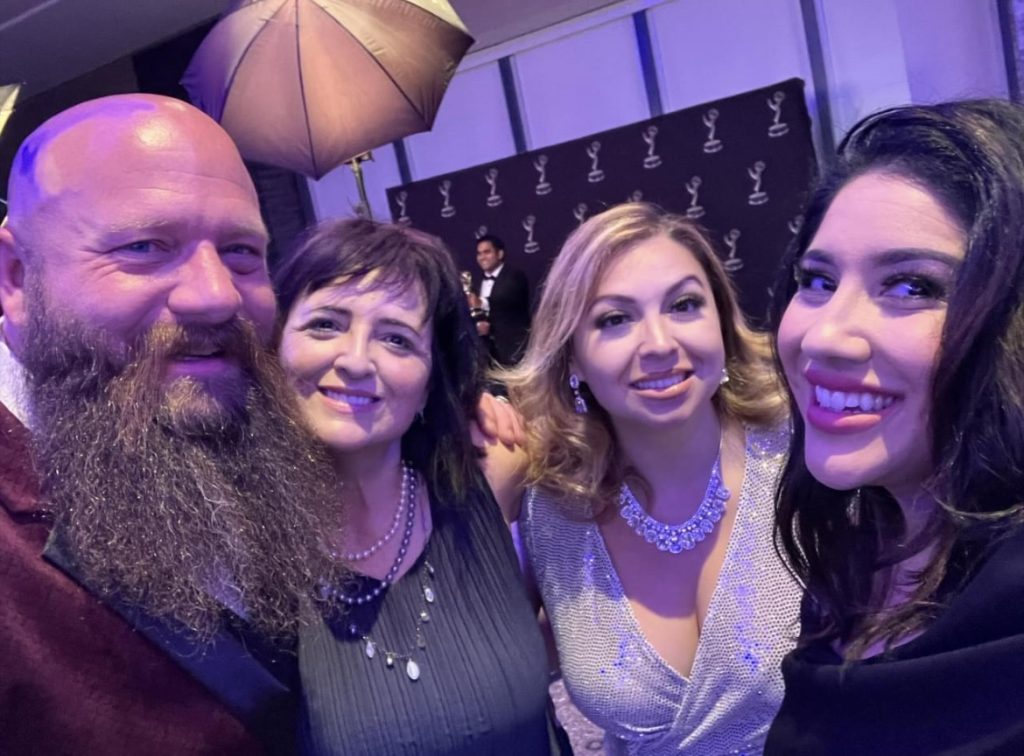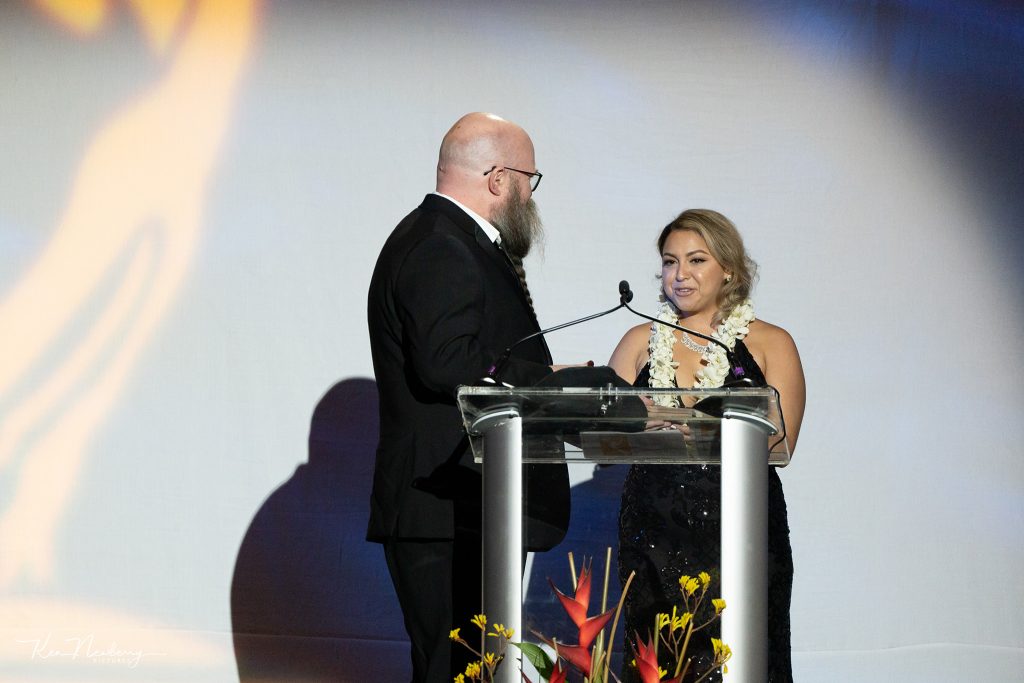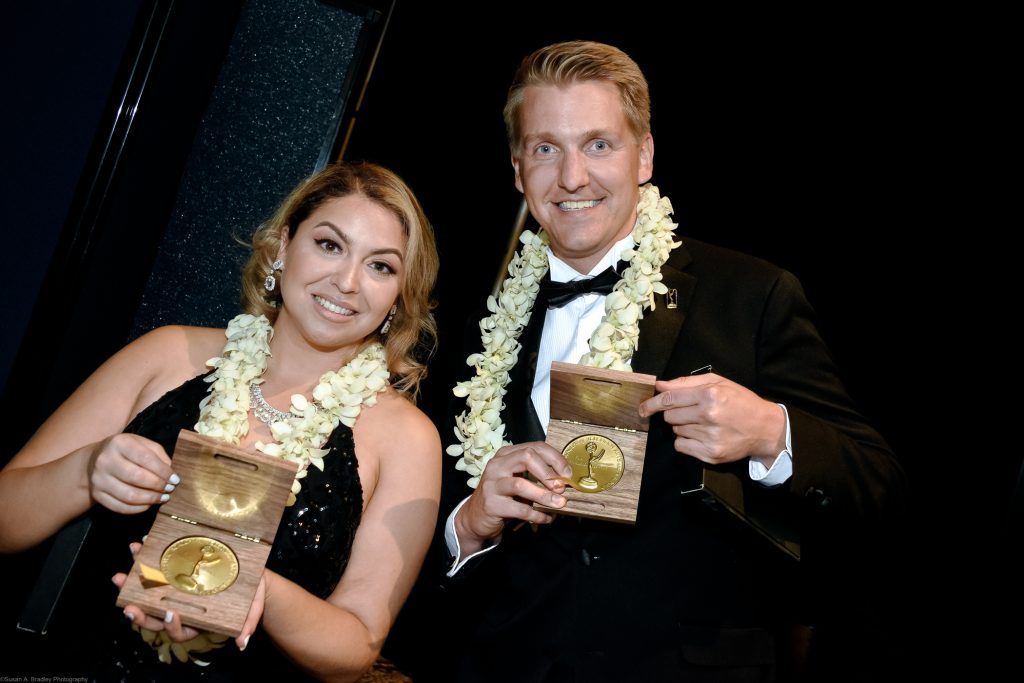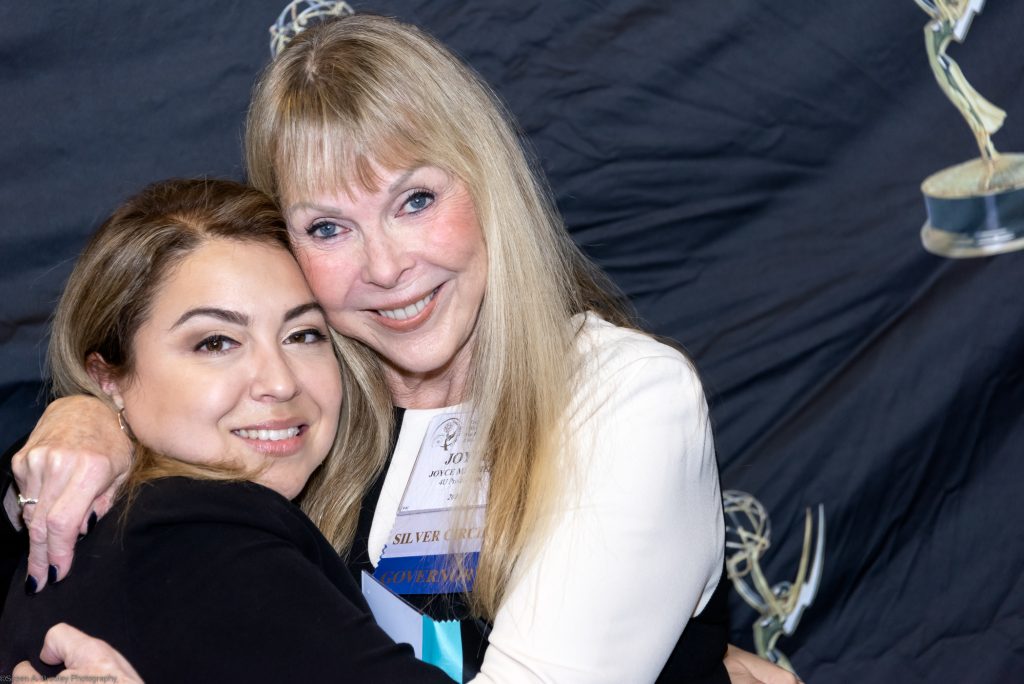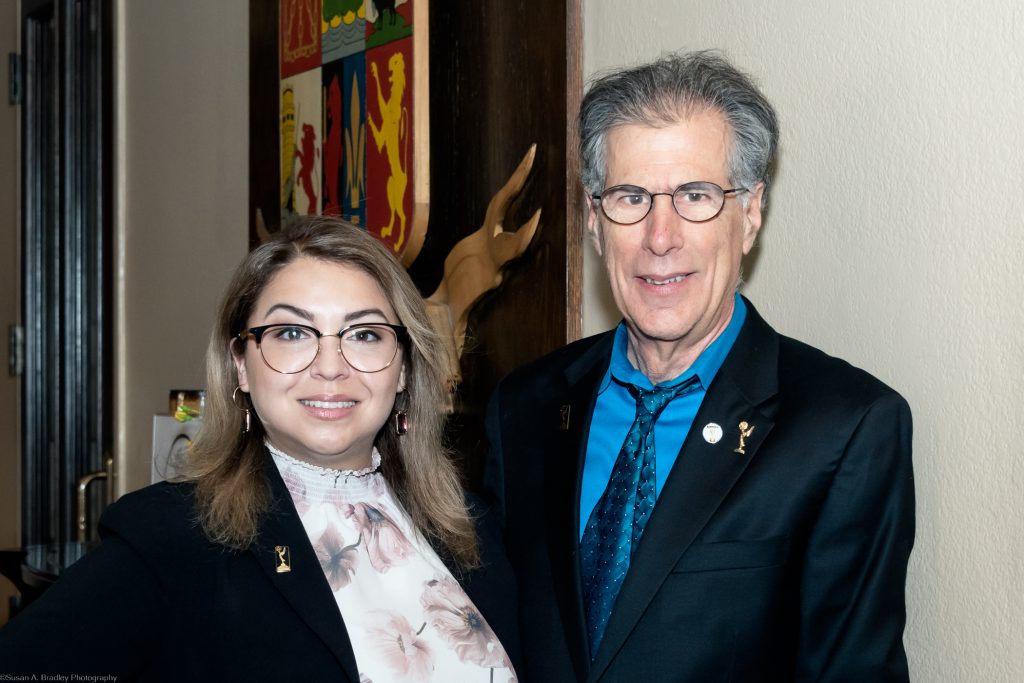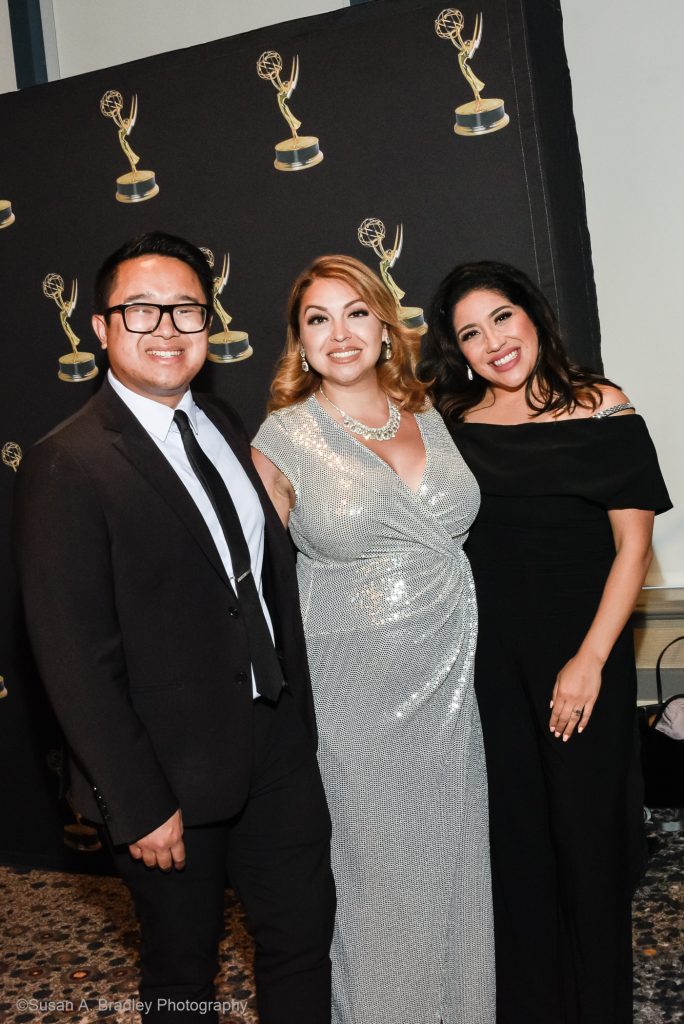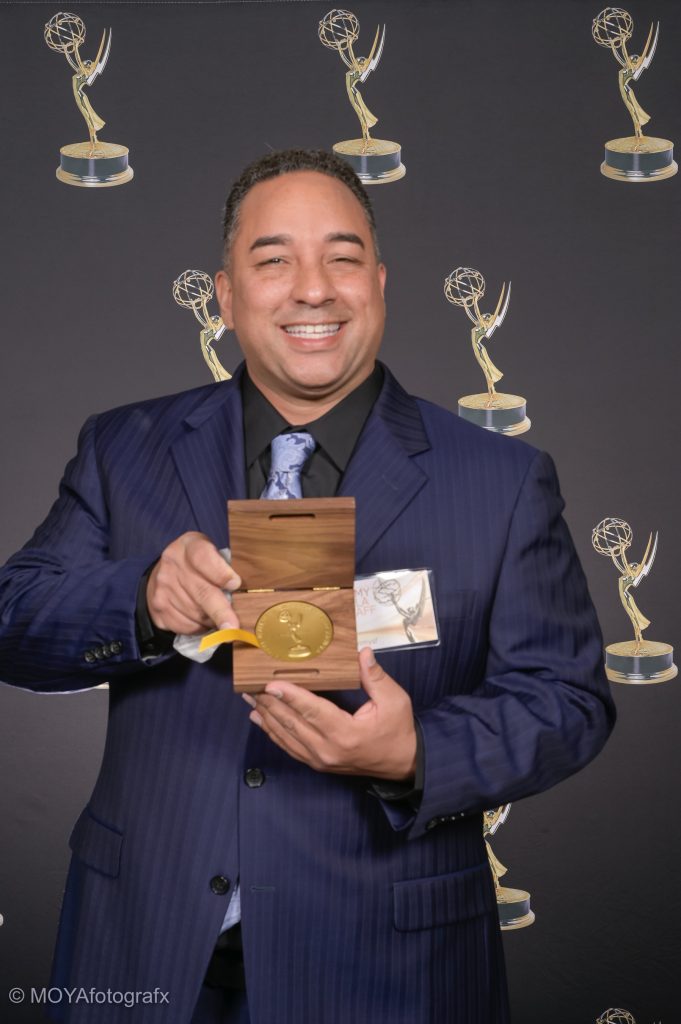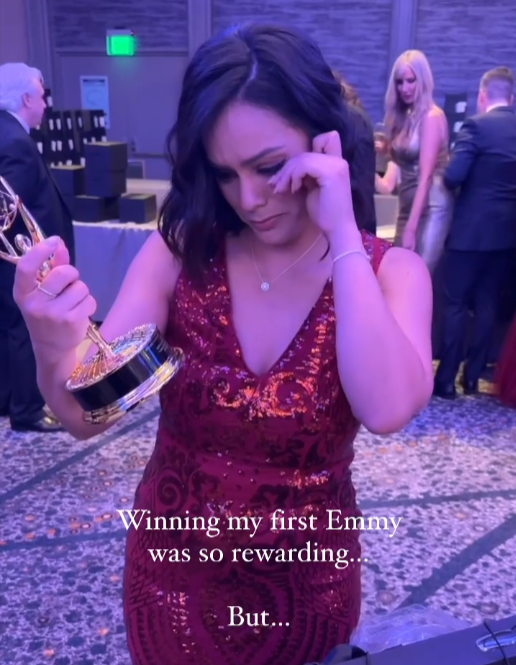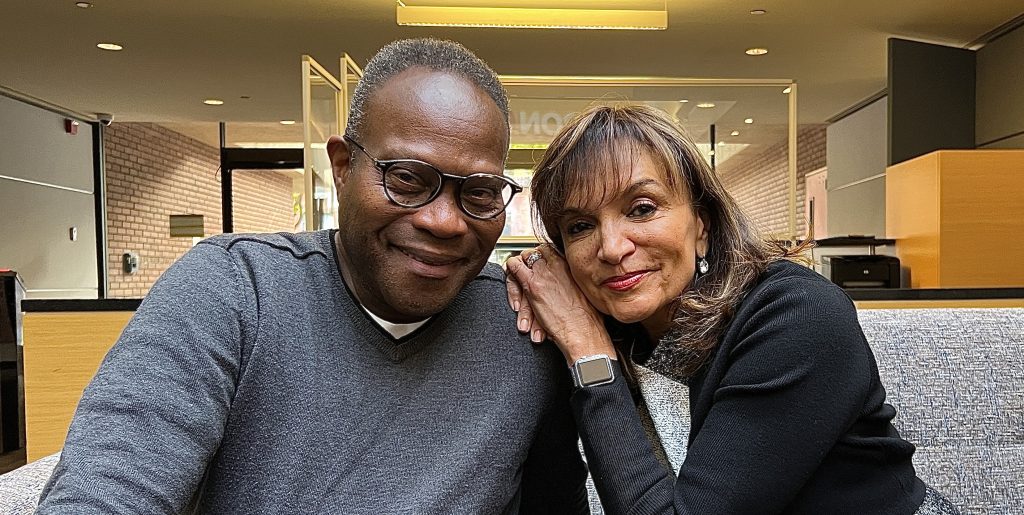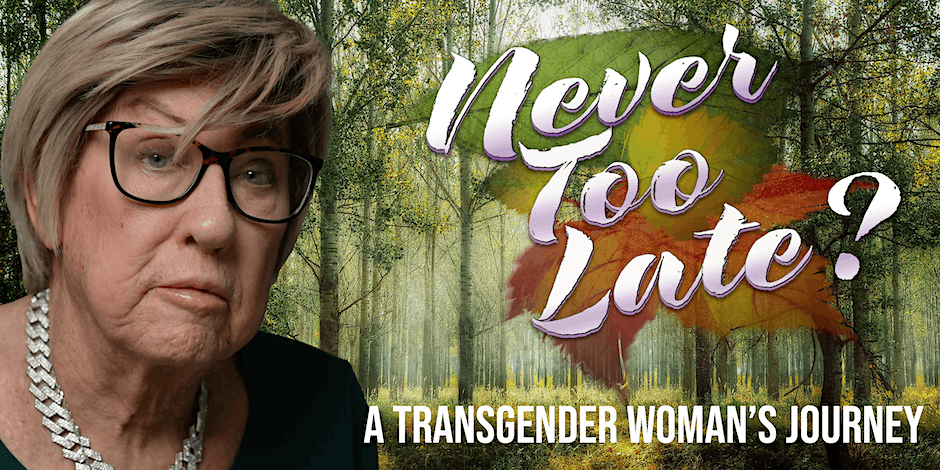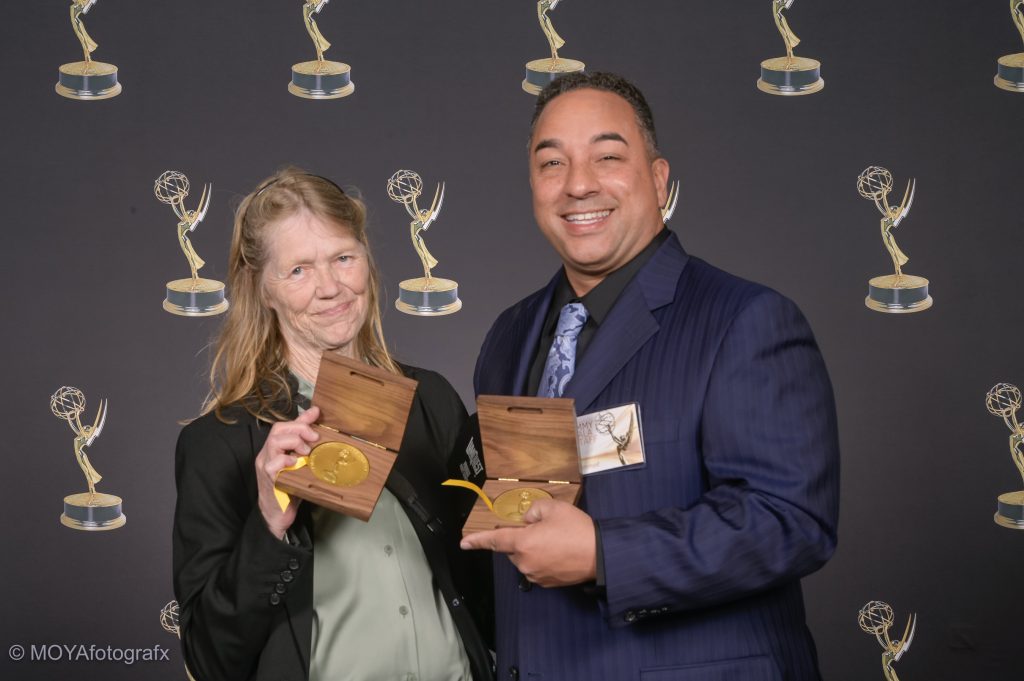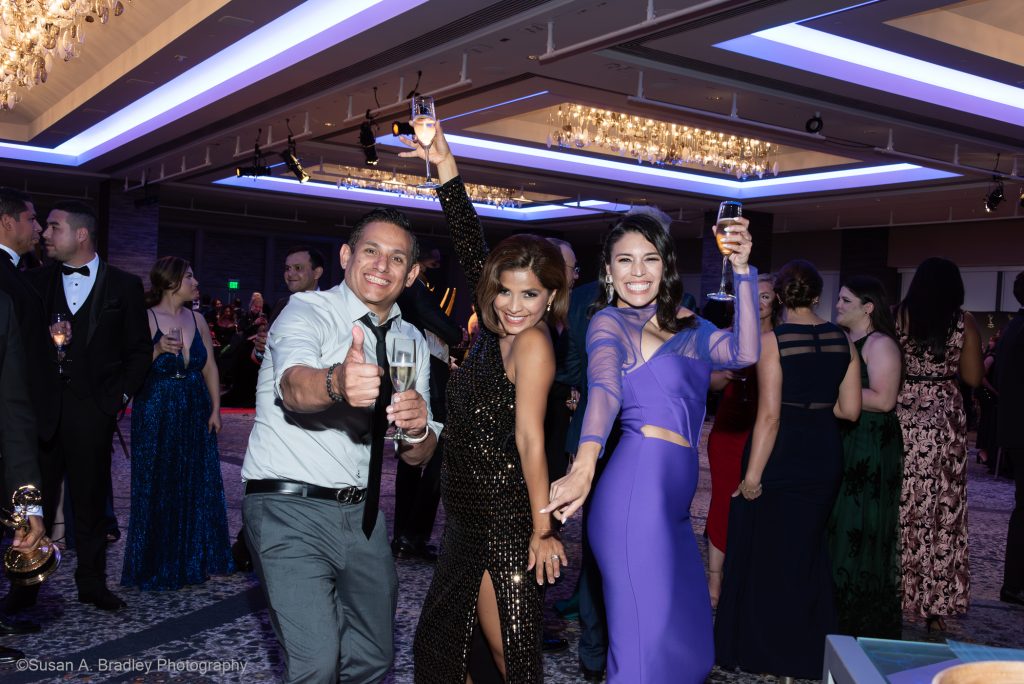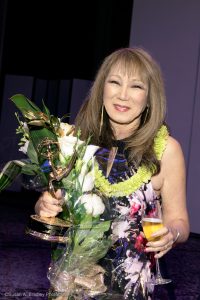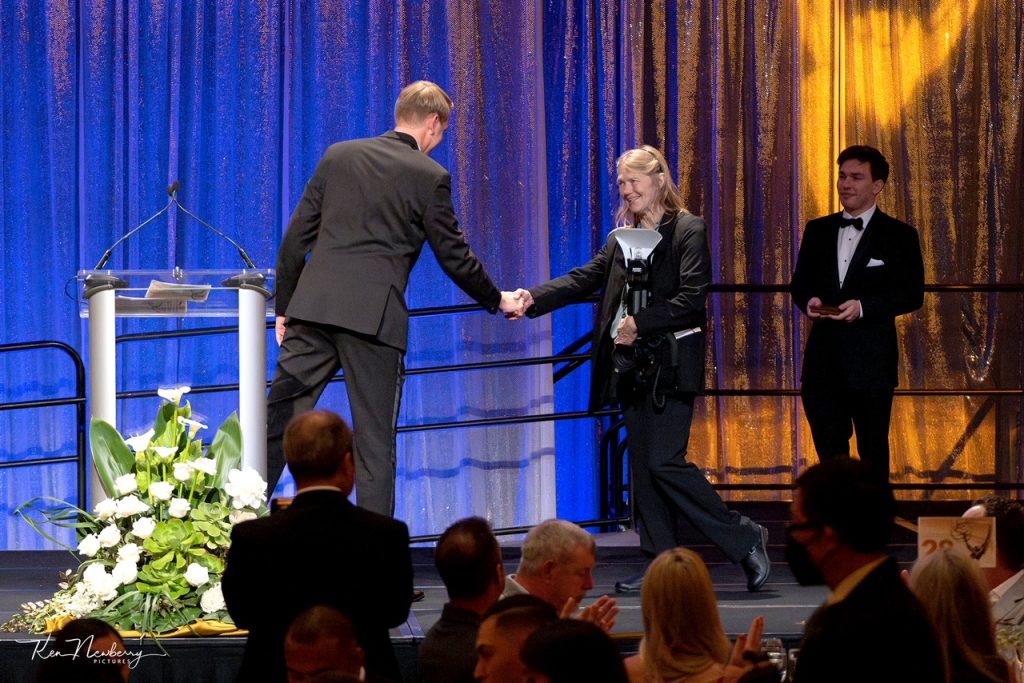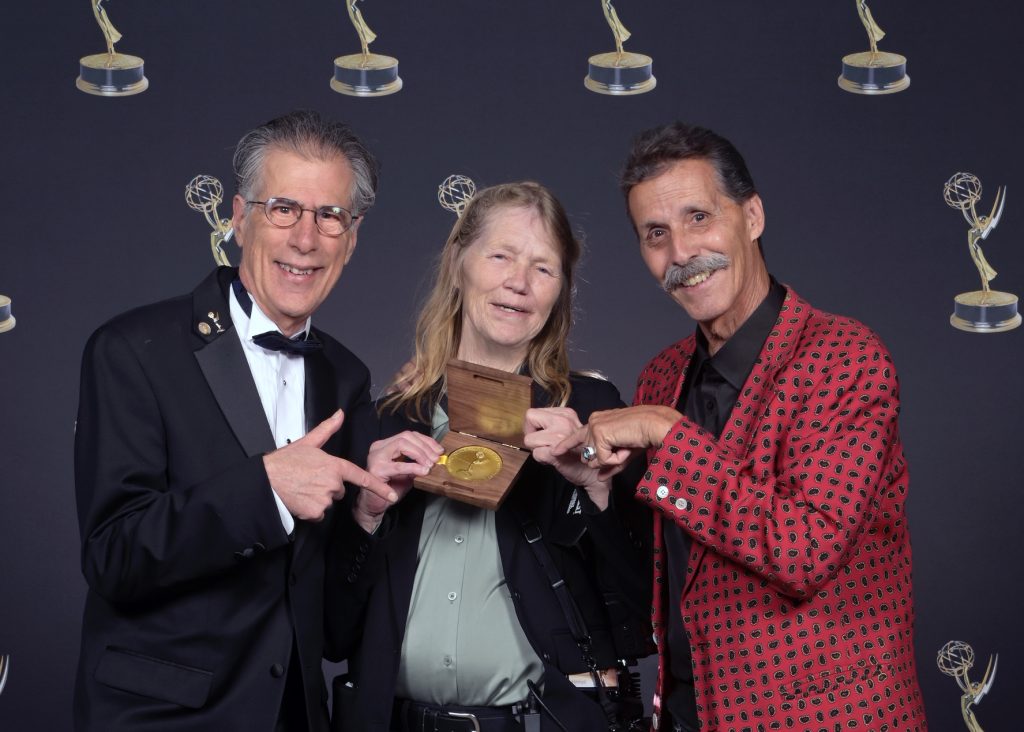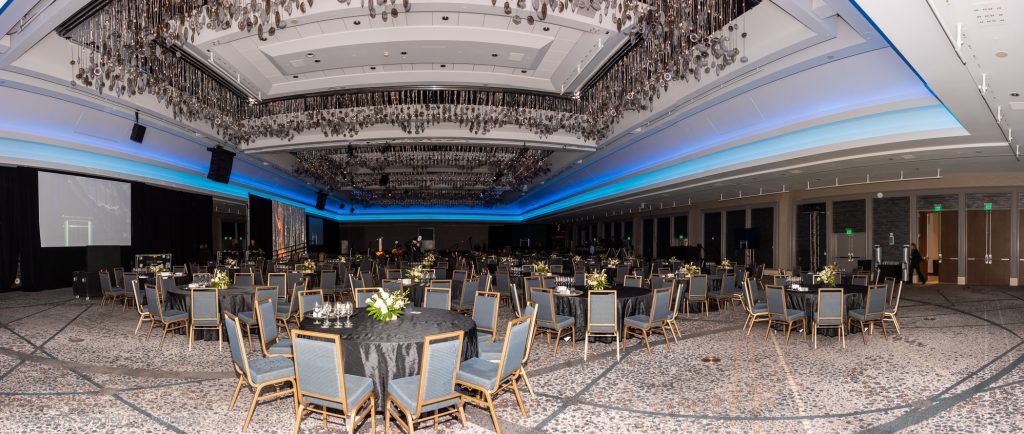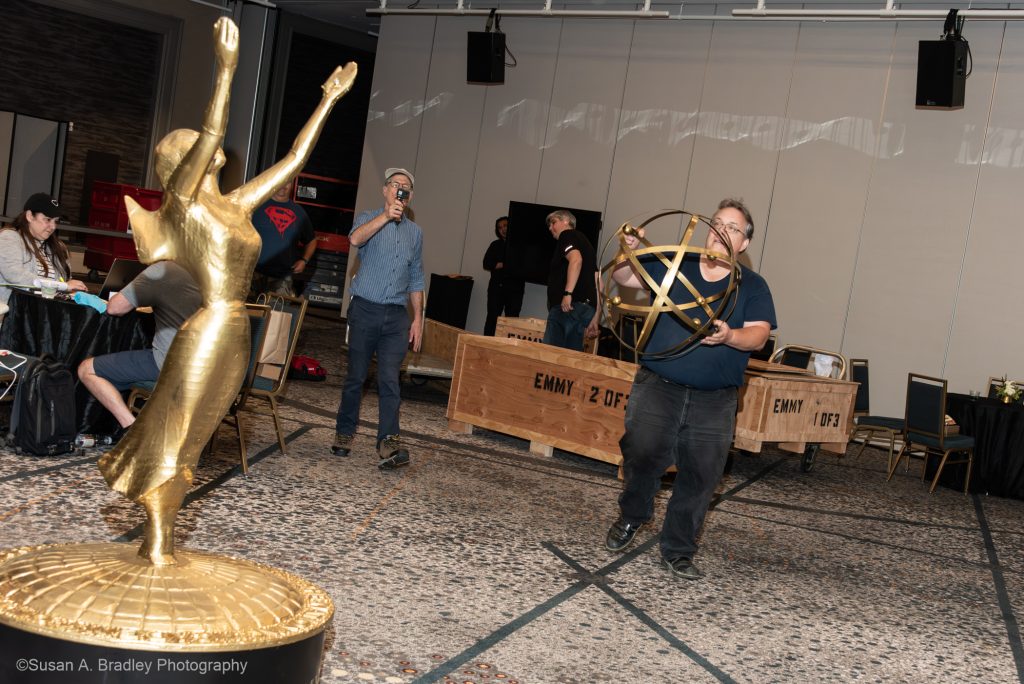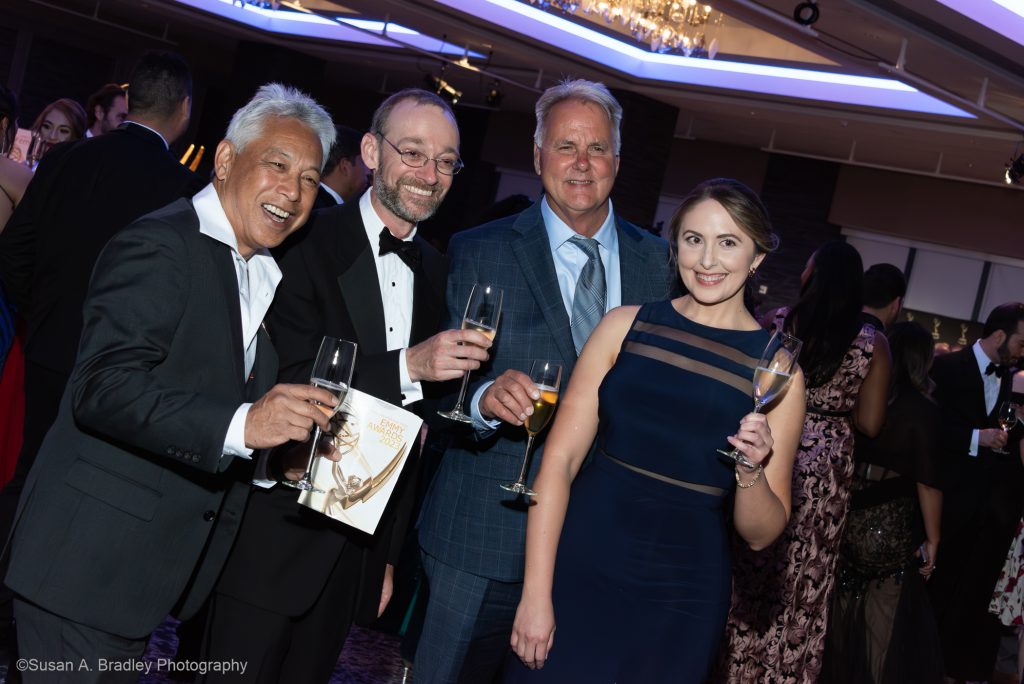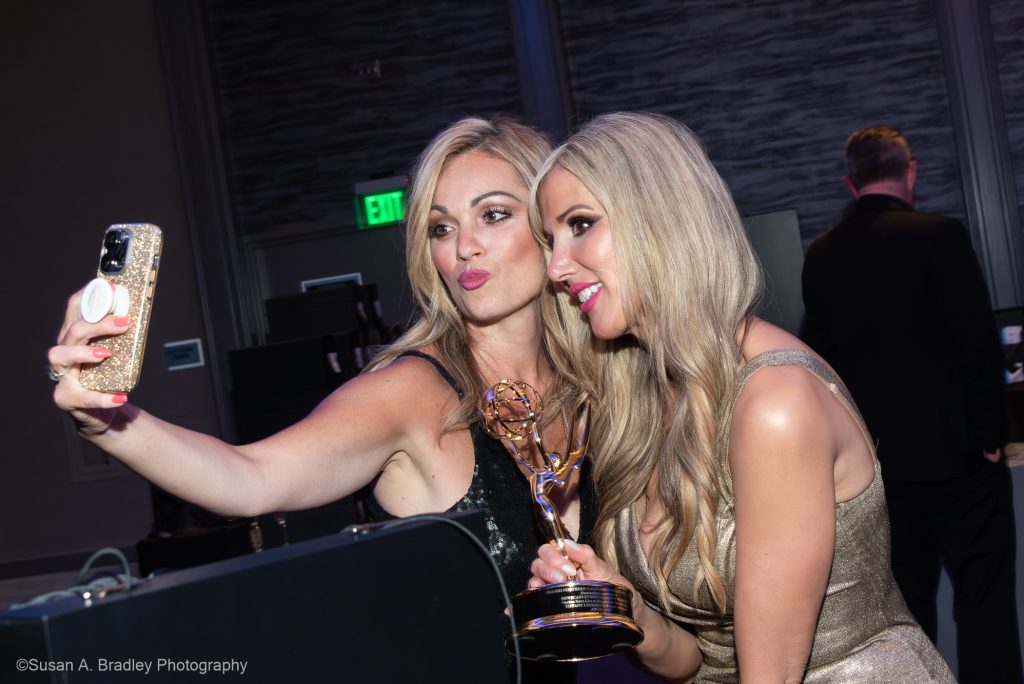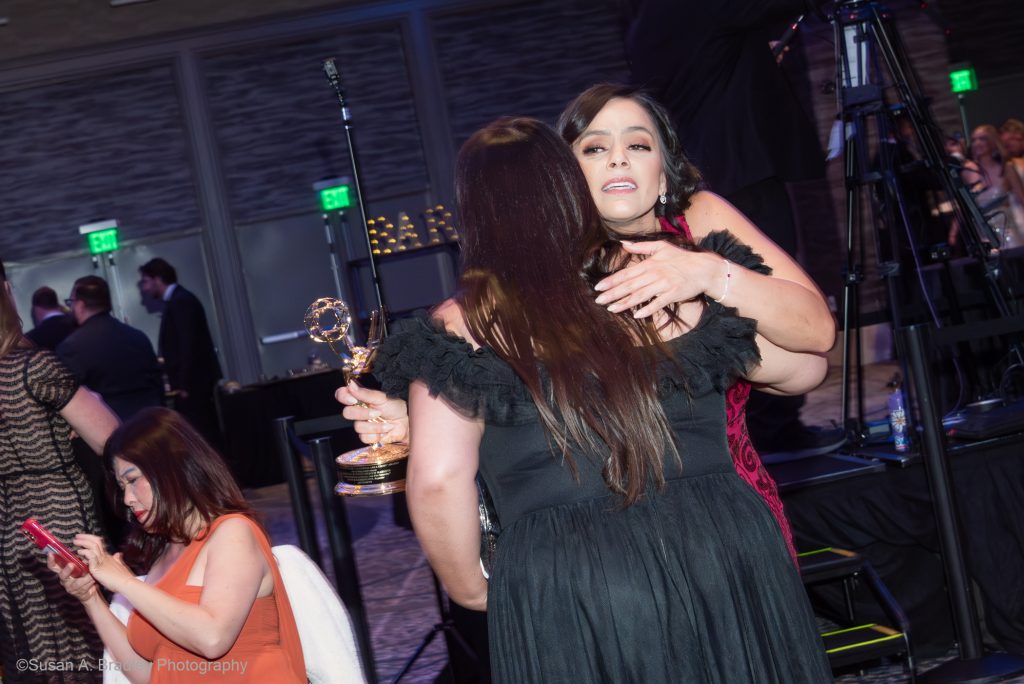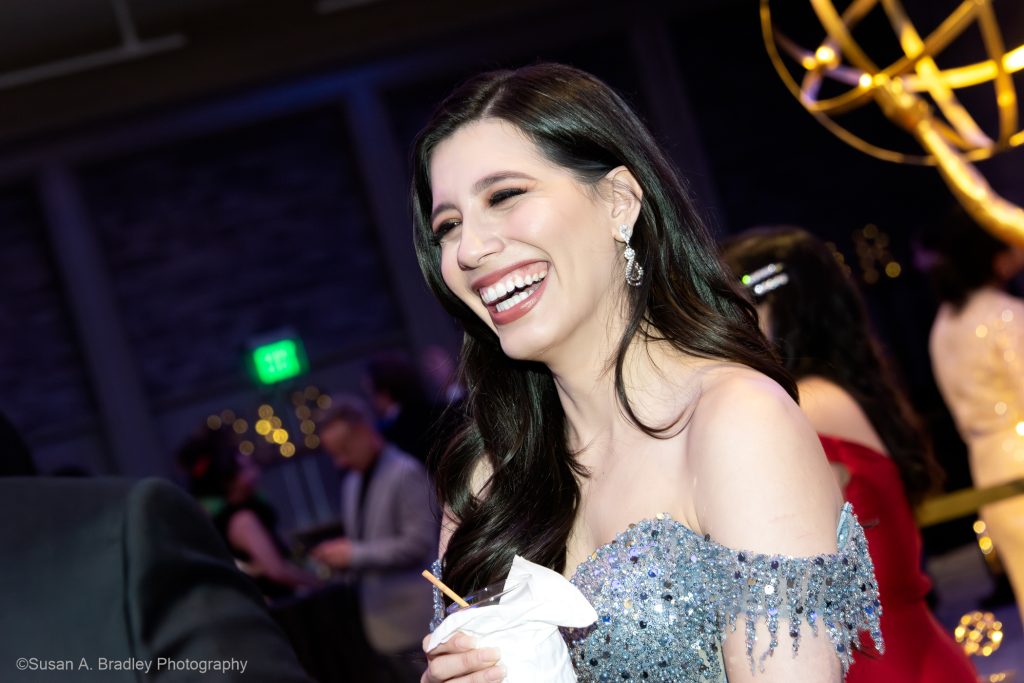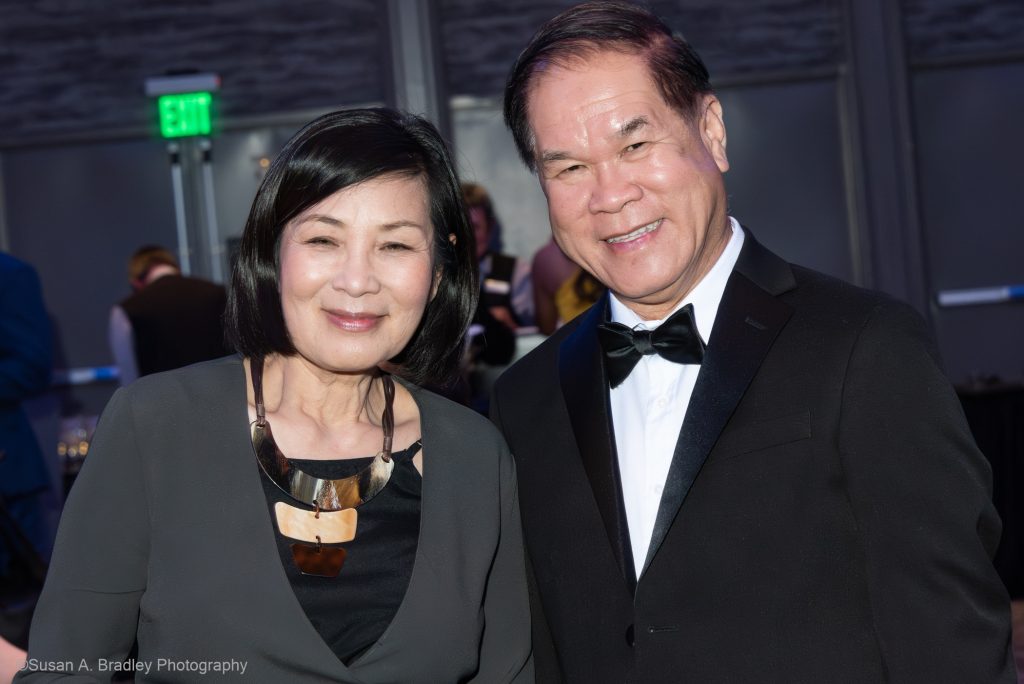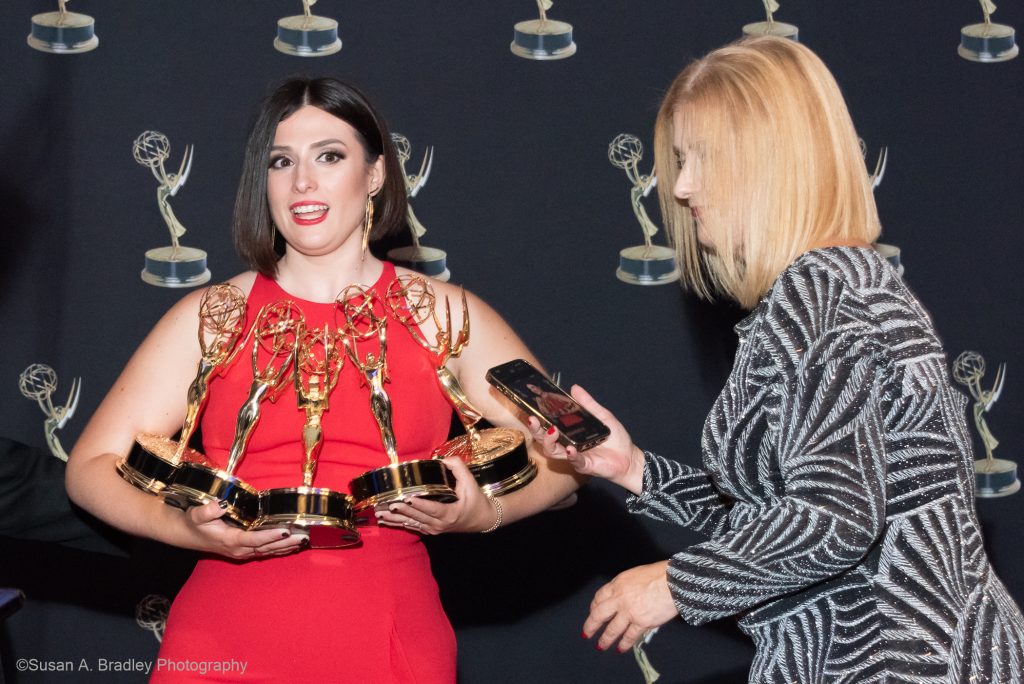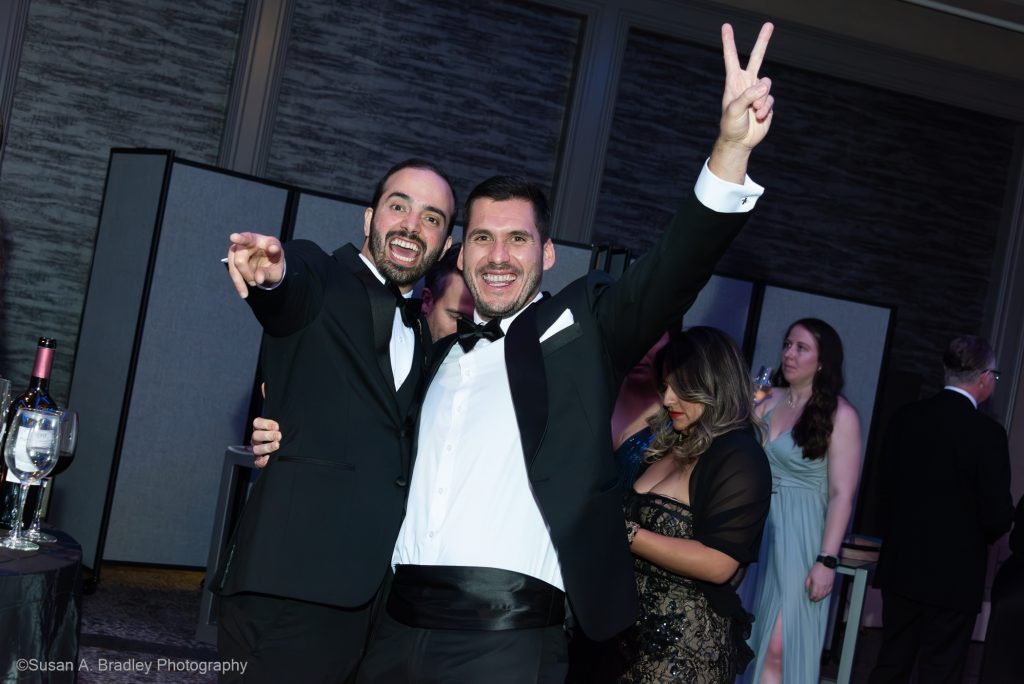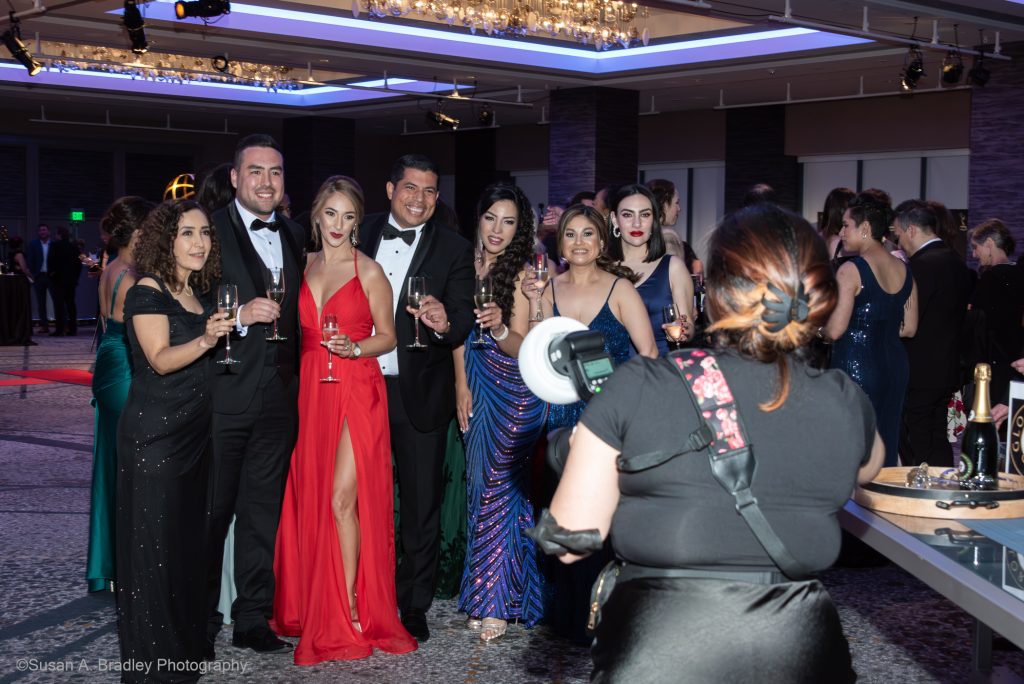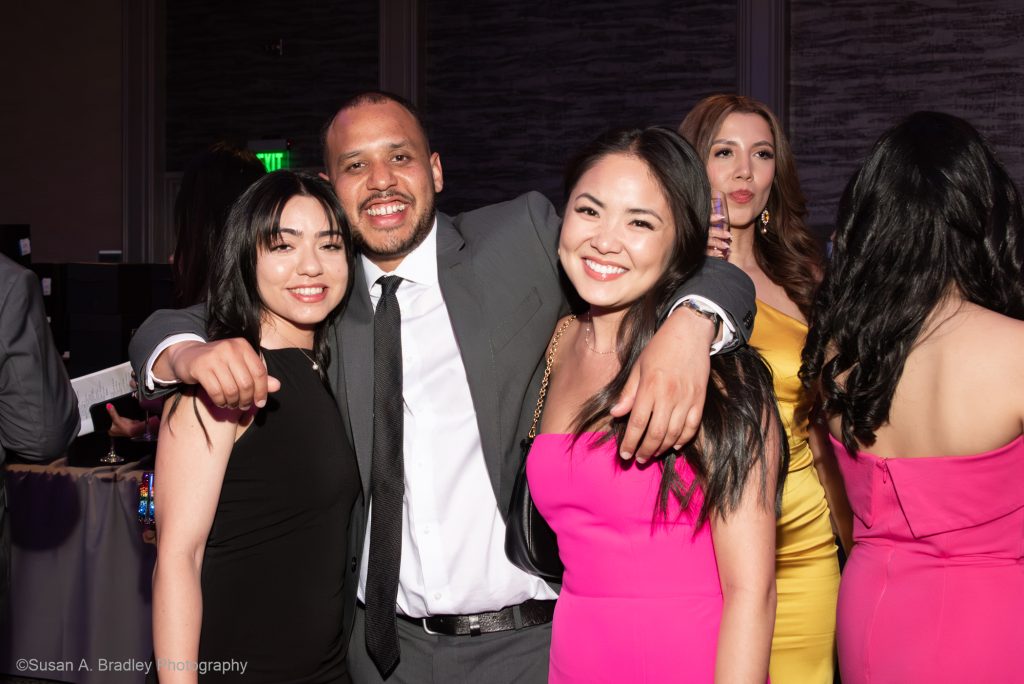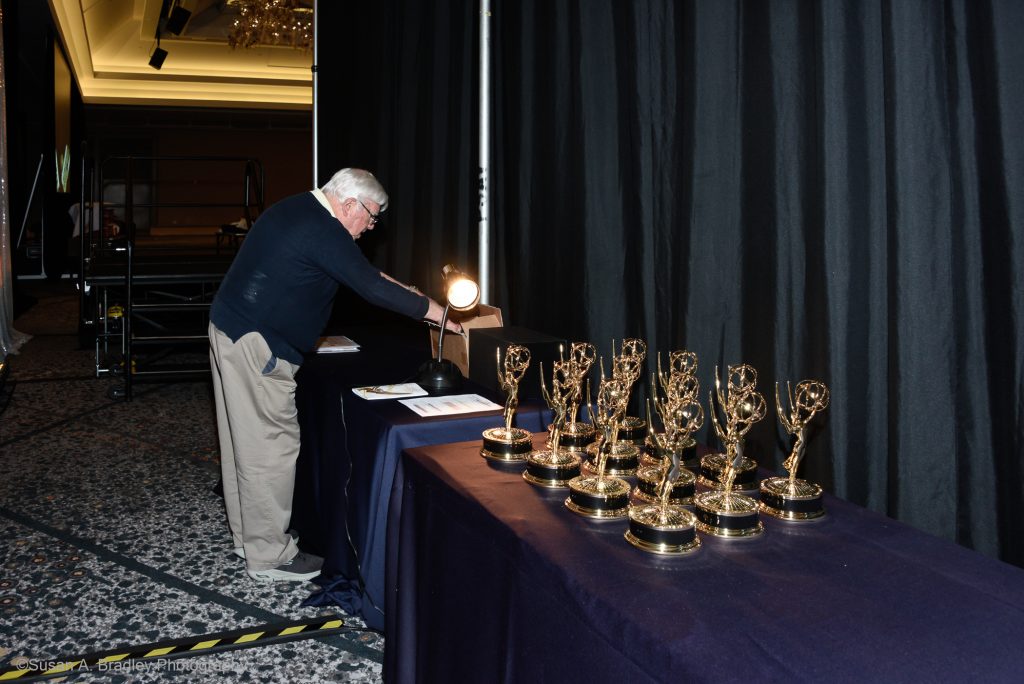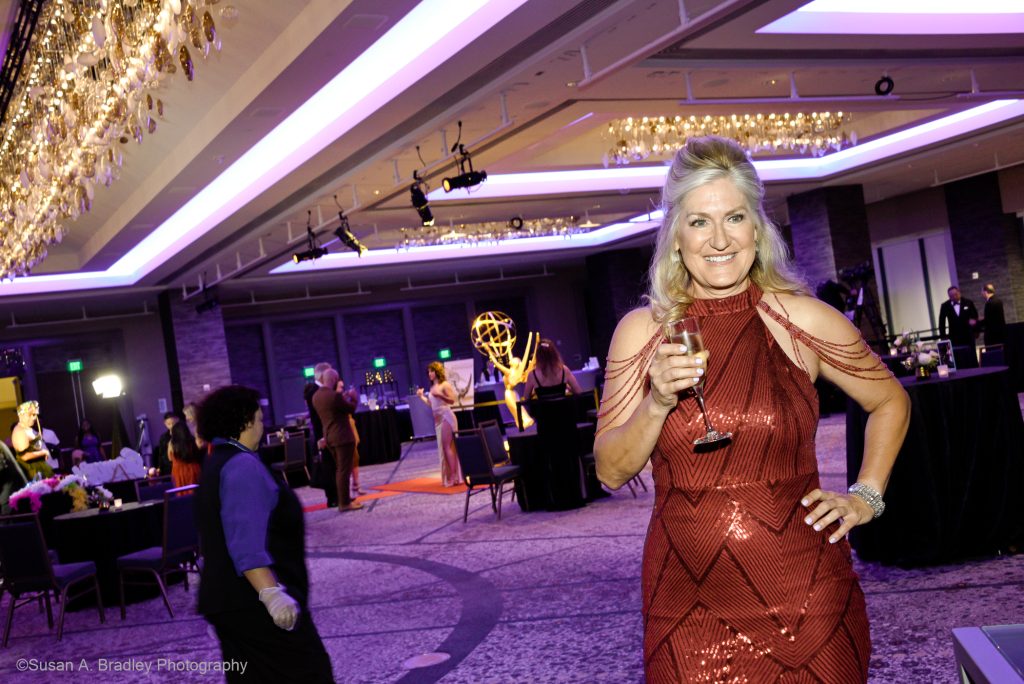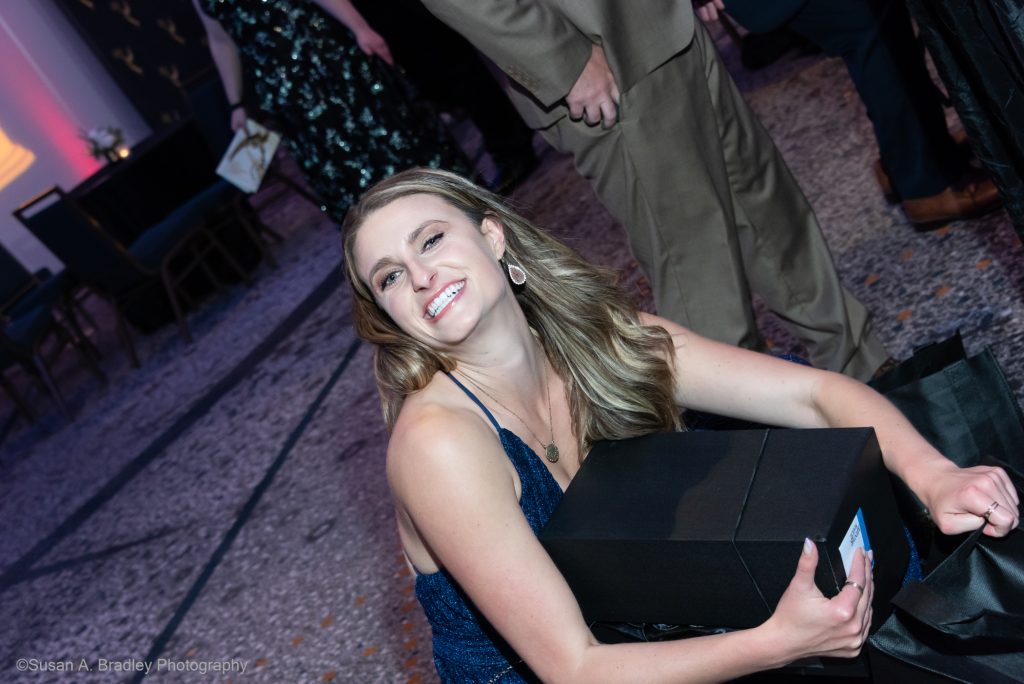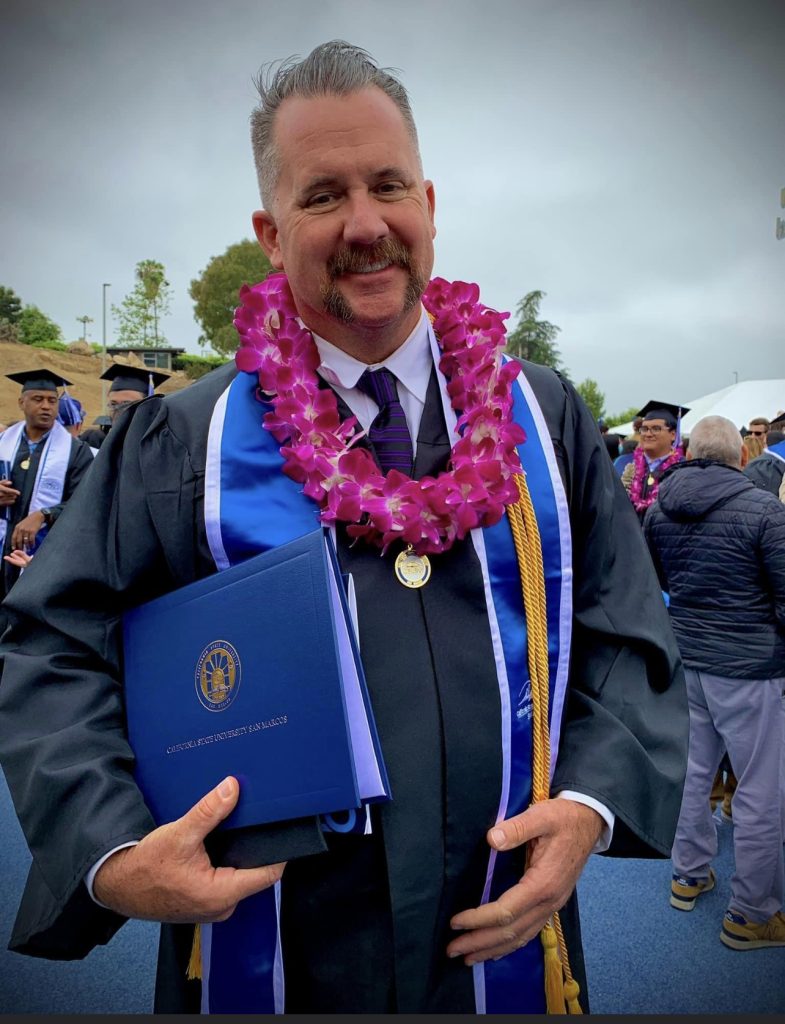SF/NorCal Chapter of NATAS Announces New Governors
By: Priya David Clemens, Governor with the SF/NorCal Chapter of NATAS
The National Academy of Television Arts and Sciences (NATAS) plays a vital role in recognizing excellence in the television industry and fostering its growth.
Our San Francisco region chapter has voted in five new Governors who will serve on the Board for the 2023-2025 term, beginning in July. NATAS-SF extends a warm welcome to our newest Governors and we are eager to draw on the perspectives, expertise, and dedication they bring to the organization.
Here are the new Governors joining the Board and the geographic areas they represent:
Kari Barber – Associate Professor, University of Nevada (Reno)
Odette Alcazaren-Keeley – Director, Maynard Institute; President, Global MediaX (San Francisco)
Yasmín Dar – President/COO, RKT Media (Hawaii)
Jason Marks – Reporter, KCRA 3 (Sacramento)
Karina Nova – Anchor/Reporter, ABC7 KGO (SF Bay Area)
The full Board list may be found here: https://emmysf.tv/about-us-2/board-of-governors-2-2/
Each of these accomplished individuals brings diverse backgrounds, expertise, and a passion for advancing the television arts and sciences industry. We are confident that our collective contributions will propel the chapter forward, foster creativity, and inspire excellence in television production, journalism, and beyond. Together, we can embrace the ever-changing media landscape and continue to honor outstanding achievements in the San Francisco region.
If you would like to run for a Board seat in the future, you can get a taste of the work and make new connections by serving on a NATAS-SF committee. For details, please reach out to our executive director, Darryl Compton at 650-341-7786 or darryl@emmysf.tv

